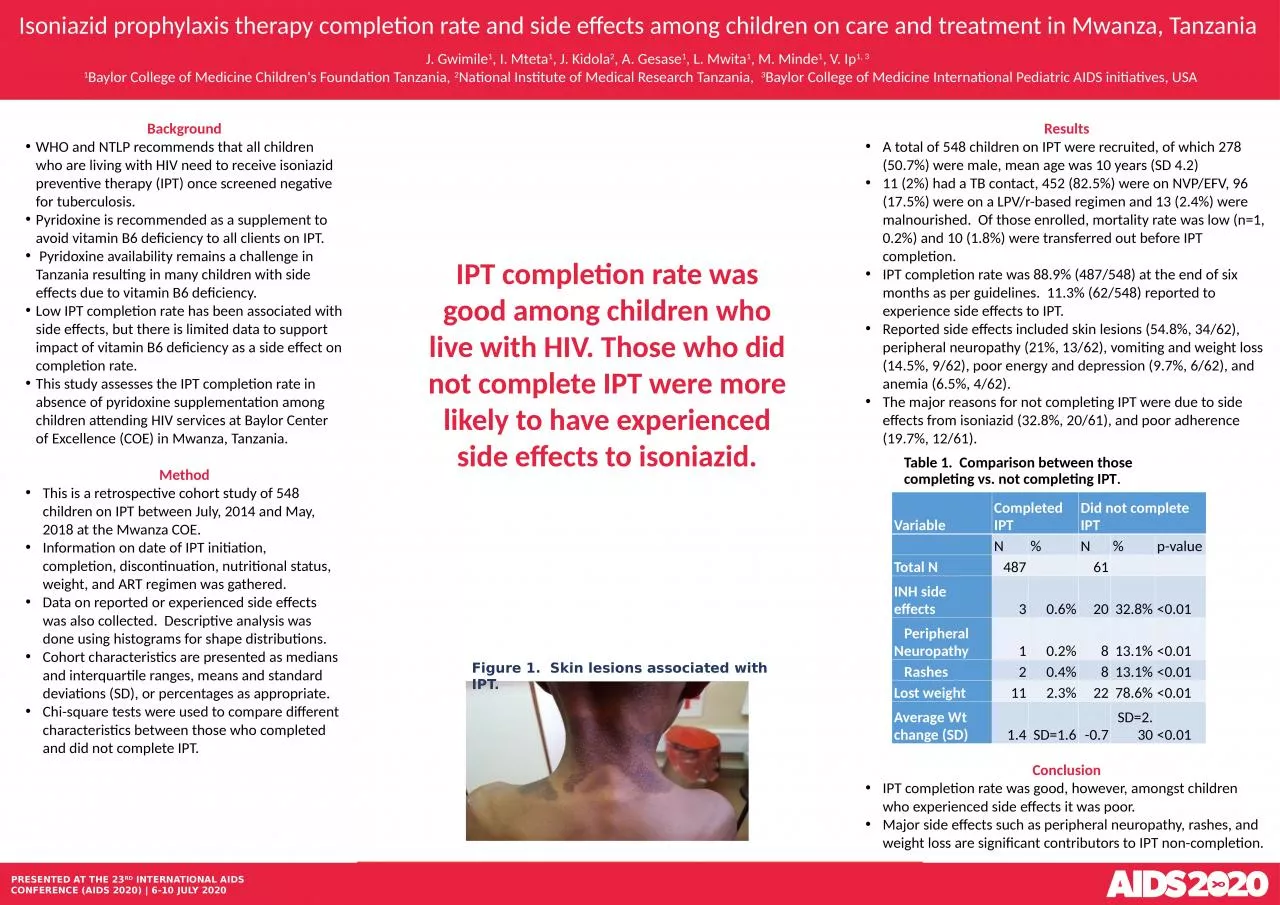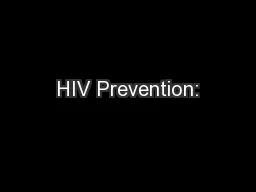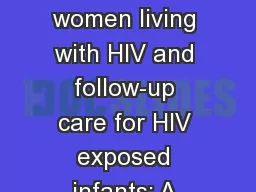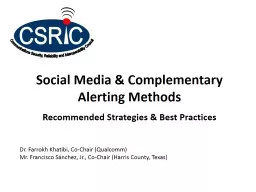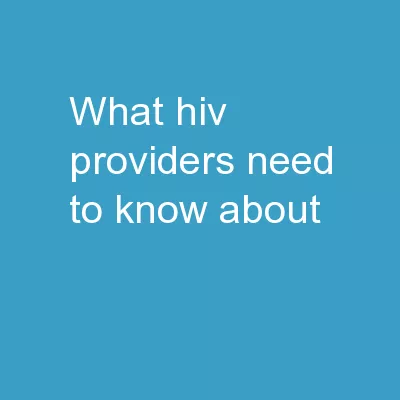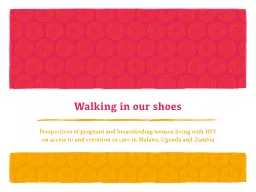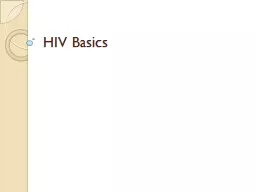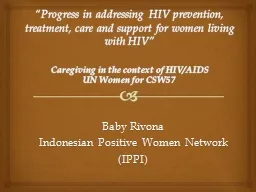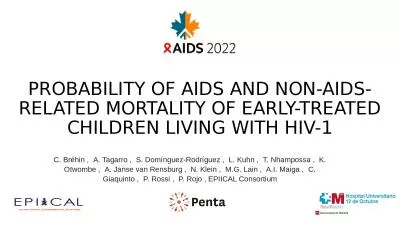PPT-Background WHO and NTLP recommends that all children who are living with HIV need to receive
Author : Sunshine | Published Date : 2022-08-04
Pyridoxine is recommended as a supplement to avoid vitamin B6 deficiency to all clients on IPT Pyridoxine availability remains a challenge in Tanzania resulting
Presentation Embed Code
Download Presentation
Download Presentation The PPT/PDF document "Background WHO and NTLP recommends that ..." is the property of its rightful owner. Permission is granted to download and print the materials on this website for personal, non-commercial use only, and to display it on your personal computer provided you do not modify the materials and that you retain all copyright notices contained in the materials. By downloading content from our website, you accept the terms of this agreement.
Background WHO and NTLP recommends that all children who are living with HIV need to receive: Transcript
Download Rules Of Document
"Background WHO and NTLP recommends that all children who are living with HIV need to receive"The content belongs to its owner. You may download and print it for personal use, without modification, and keep all copyright notices. By downloading, you agree to these terms.
Related Documents

